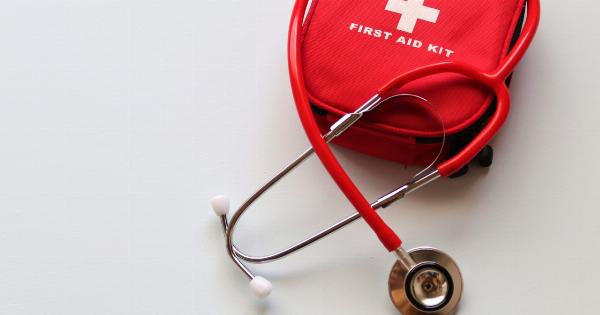Hemophilia is a rare, genetic disorder that affects the body’s ability to clot blood properly. People with hemophilia are at risk of spontaneous bleeding internally and externally, which can lead to severe and even life-threatening complications.
While living with hemophilia can bring its challenges, it is possible to live a full and empowered life.
With modern treatment options, improved awareness, and a proactive approach, people with hemophilia can take control of their condition and live life to the fullest.
Understanding Hemophilia
Hemophilia is caused by a deficiency in one of the blood-clotting proteins, factors VIII or IX. There are three types of hemophilia, type A, type B, and type C, each determined by the specific factor that is deficient.
Hemophilia is an inherited disorder and is passed down from parent to child through genes. If both parents have the gene, there is a 25% chance of each child inheriting the disease.
The severity of hemophilia varies from person to person, and symptoms can range from mild to severe.
For people with severe hemophilia, bleeding may occur spontaneously or with minor injuries, while those with mild hemophilia may only experience bleeding after significant trauma or surgery.
Symptoms
The symptoms of hemophilia can vary depending on the severity of the disease. Some of the most common symptoms include:.
- Excessive bleeding from even minor cuts or injuries
- Bruising easily
- Prolonged bleeding after surgery or dental procedures
- Joint pain or swelling, especially in the knees, elbows, and ankles
- Frequent nosebleeds
- Blood in the urine or stool
- Headaches and/or seizures
If you experience any of these symptoms regularly, it is important to speak to your doctor immediately. Early diagnosis and treatment are essential in managing and preventing complications of hemophilia.
Treatment Options
While there is no cure for hemophilia, there are a variety of treatment options available that can help manage symptoms and prevent complications.
Replacement therapies, where the deficient clotting factor is replaced with a synthetic or human-made one, are the most common form of treatment for hemophilia.
These therapies are given intravenously, either on a regular basis to prevent bleeding episodes or as needed to control bleeding when it occurs.
In addition to replacement therapies, there are several other treatment options available, including:.
- Desmopressin, a medication that stimulates the release of factor VIII
- Hormone therapy, which can help regulate menstrual bleeding in women with hemophilia
- Gene therapy, a promising new treatment that could potentially cure or greatly improve symptoms of hemophilia by replacing or repairing the faulty gene responsible for producing the deficient clotting factor
It is important to work closely with your healthcare team to determine the best treatment plan for your specific needs. Consistent treatment and monitoring can help prevent complications and enable those with hemophilia to lead full and healthy lives.
Lifestyle and Self-Care
Living with hemophilia requires some lifestyle adjustments. However, with proper care, people with hemophilia can lead active and fulfilling lives. Here are some self-care tips that can help:.
- Avoid activities that put you at risk for injury
- Wear protective gear, such as knee and elbow pads, when participating in sports or other physical activities
- Practice good oral hygiene to prevent bleeding in the mouth
- Avoid medications and supplements that can thin the blood or interfere with clotting
- Stay up-to-date with vaccinations and routine medical care
- Keep a record of symptoms, treatment, and any complications to share with your healthcare provider
It is also important to manage your mental and emotional health. Living with hemophilia can be stressful and challenging, but taking care of your emotional well-being can improve your overall quality of life. Consider the following tips:.
- Participate in support groups where you can connect with others who understand what you’re going through
- Seek professional counseling or therapy to help manage the emotional effects of living with a chronic condition
- Stay connected with friends and family and participate in activities and hobbies that you enjoy
The Importance of Advocacy and Awareness
Advocacy and awareness are essential in improving the lives of those with hemophilia. This includes advocating for improved treatments, access to care, and resources to manage the physical, emotional, and financial aspects of living with hemophilia.
It is also important to raise awareness about the disease and promote education and understanding among the general public. This can help reduce stigma and discrimination and encourage early diagnosis and treatment.
Conclusion
Living with hemophilia can bring certain challenges, but it should not define or limit a person’s life.
With the right treatment, self-care, and support, people with hemophilia can take control of their condition and lead full and empowered lives.
Additionally, advocacy and awareness can help improve care and resources for those with hemophilia, reducing the impact of the disease on individuals, families, and communities.




























